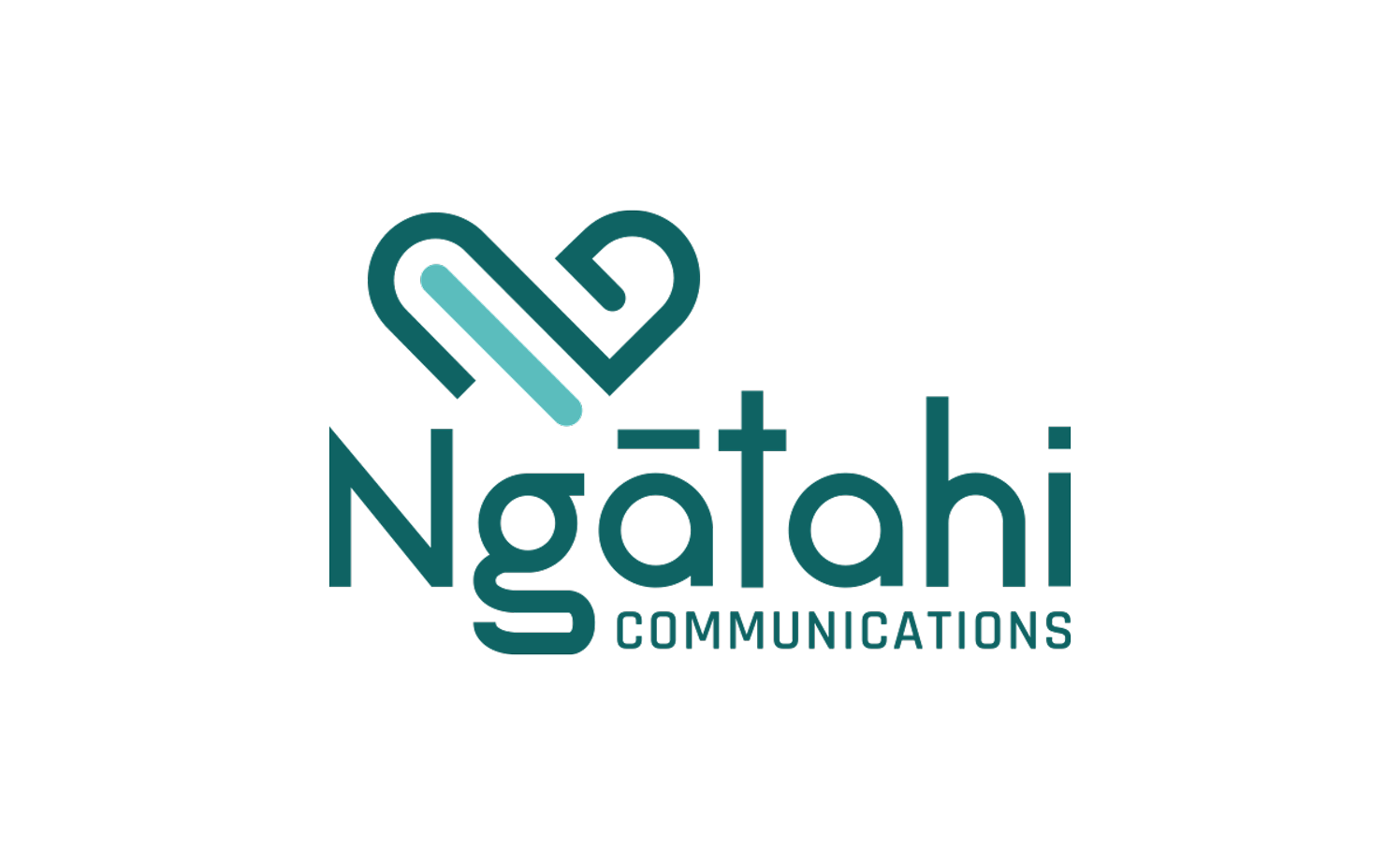Easy Read: Making Information Accessible
/One of the projects I’ve been working on recently is communicating the rebrand of Disability Leadership Canterbury (DLC). As part of this kaupapa, I’ve been learning more about accessible communications to fully live DLC’s motto: Waitaha for Every Body.
This started with the use of APHont in their new logo; a font developed specifically to enhance reading speed, comprehension and comfort for low vision readers.
Now, as part of their accessible rebrand launch, I’ve included a video with captions and the New Zealand Sign Language translation of DLC’s new name; a blog post compatible with screen readers; and a full Easy Read document describing who DLC is and what they do.
Easy Read is a way of formatting information that is accessible for people with learning disabilities, people who speak English as their second language, people with lower literacy levels, and sometimes people who are elderly or deaf. Its key characteristics include large font sizes, short and concise sentences and small images used to add visual context.
We recognised it was vital that the rebrand for DLC be communicated clearly for all of Disability Leadership Canterbury’s community, which includes people who use Easy Read documents. We contacted People First, providing them with the key messages we wanted to have translated and they did the rest, making the process incredibly easy. Their services are really affordable, but they have also created this resource as a guide to writing your own Easy Read format documents.
Everybody has the right to access information, which is why making information accessible is so important – and not just information that is disability-specific. It’s especially important to create accessible information that will help individuals make informed decisions and choices about their lives.
However, creating Easy Read documents can be time-consuming and it may not be suitable for your business to make all of your information accessible through Easy Read. It’s important to prioritise which documents should be translated and think about what information will be most useful to people with learning disabilities. Other information could be made accessible via video or cartoon-like photo series.
“People with learning disabilities say that the lack of information on events and activities is one of the main barriers to being included in their communities” – CHANGE People
Producing Easy Read formats is just one way to make information more accessible and it should be used to support other communications. Individuals will have their own personal preferences for accessible information and should be involved in an interactive process to find out what works best for your unique audience.
You can view the DLC Easy Read document here.



